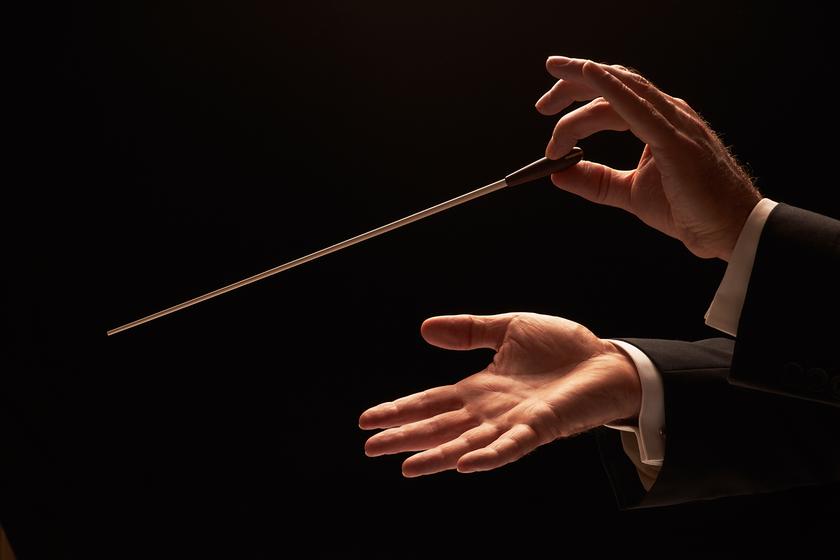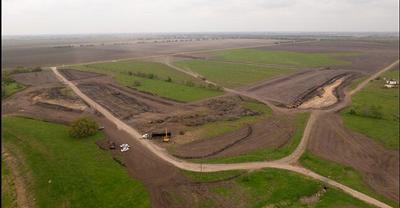- Sections :
- Crime & Public Safety
- Restaurants & Food
- Sports
- More
The Woodlands participates in the 'Ice Bucket Challenge' for ALS

THE WOODLANDS, Texas -- When the dust settles, there probably won’t be a dry soul in The Woodlands, as one resident after another is challenged and doused with a bucket of ice water, and for a good cause...to benefit research for Amyotrophic lateral sclerosis (ALS), often referred to as "Lou Gehrig's Disease." As of this week, the viral sensation has helped raise more than $15 million for the #ALS Association.
The #IceBucketChallenge has swept the nation and certainly made this rare disease more well known, which is one of the reasons for the challenge. Since July 29, the ALS Association had received $9.5 million in donations. Three days later it had received an additional $6.1 million, bringing the total to $15.6 million – almost nine times as much as the ALS Association raised in the same period last year.
Here are the ‘rules’...the challenge dares nominated participants to have a bucket of ice water poured on their head. One common stipulation gives 24 hours from the time they are nominated to complete the dare; otherwise, the participant is asked to donate money to charity. Within 24 hours of being challenged, participants are to video record themselves in continuous footage. First, they are to announce their acceptance of the challenge followed by pouring ice into a bucket of water. The bucket is then to be lifted overhead and poured over the participant's head. Then the participant can call out a challenge to other people. In one version of the challenge, the participant is expected to donate $10 if they take the ice water challenge and pour it over their head, and donate $100 if they do not. In another version, dumping the ice water over the participant's head is done in lieu of a donation, although many choose to do both.
Throughout the summer. such famous faces participating in the challenge included Kobe Bryant, Harry Connick, Jr., Jimmy Fallon, Lady Gaga, Josh Groban, LeBron James, Jon Bon Jovi, Ethel Kennedy, Troy Polamalu, Steven Spielberg, Taylor Swift, Oprah Winfrey, just to name a few, and of course, Mark Zuckerberg, whose social media site, Facebook, has been one of the social media platforms where the challenge has been played out time and again. It has even become a group thing, with the Zac Brown Band, and entire sports teams taking the challenge, including the New York Jets and Mets, New England Patriots, and no strangers to ice...the New York Islanders hockey team.
It’s true that the challenge actually started with other organizations. A ‘Cold Water Challenge,’ which required either donating money to cancer research or having to jump into cold water, was criticized for the danger of going into cold water unassisted, so the ‘Ice Bucket Challenge’ ensued. Local community servants and business leaders in The Woodlands are being challenged, and the team at Woodlands Online is no exception. WOL is experiencing the ‘domino effect,’ starting with CEO, Jessica Fraser (starring in video), with ice water trickling down through the ranks.
Some are questioning the “Ice Bucket Challenge,” and are asking why the participants don’t just make a donation to ALS. Blogger, Bo Stern, weighed in on this controversy; her husband has been afflicted with this terrible disease. Stern is a big proponent of the “Ice Bucket Challenge,” and maintains that the more attention drawn to ALS, the better.
“We are in for the fight of our lives with this monster, and the very LAST thing I want, is for people to give quietly, anonymously, and then slink away. Raise the roof! Raise a ruckus! Call all sorts of attention to yourself! I will be happy for you and every Facebook like you receive, as you nudge ALS an inch or two closer to the collective public consciousness,” writes Stern.
Stern described what it’s like to live with ALS on her blog site...
Pick up a 10-pound weight. Now imagine it’s your fork and move it from your plate to your mouth repeatedly without shaking.
Sit in a chair for just 15 minutes moving nothing but your eyes. Nothing. No speaking, no scratching your nose, no shifting your weight, no changing the channel on the television, no computer work. Only your eyes. As you sit, imagine: this is your life. Your only life.
Borrow a wheelchair or power scooter and try to maneuver quickly through the aisles at Walmart, without speaking. Note the way people react to you.
Strap 25 pounds to your forearm. Now, adjust your rearview mirror.
Using none of your own muscles, have your spouse or child or friend get you dressed and brush your teeth. Write down some of the feelings you have being cared for in this way.
Before you eat your next meal, take a good, long look at the food. Inhale deeply and appreciate the aroma. Now, imagine never being able to taste that – or any other food – for the rest of your life.
Put two large marshmallows in your mouth and have a conversation with your friends. How many times must you repeat yourself? How does this make you feel?
Go to bed and stay in one position for as long as you possibly can, moving nothing.
Strap weights to your ankles and climb a flight of stairs, taking two at a time. That’s the kind of strength it takes for someone with ALS to tackle the stairs on a good day.
Install a text-to-speech app on your phone or iPad and use it exclusively to communicate for one day.
Amyotrophic lateral sclerosis is a progressive neurodegenerative disease that affects nerve cells in the brain and the spinal cord. As motor neurons degenerate, they can no longer send impulses to the muscle fibers that stimulate muscle movement. Early symptoms of ALS can include increasing muscle weakness, especially involving the arms and legs, speech, swallowing or breathing. When muscles no longer receive the messages from the motor neurons, they begin to atrophy (shrink). Patients in the later stages of the disease may become totally paralyzed, and the progressive degeneration eventually leads to death.
There is no cure or treatment that halts or reverses ALS, but there’s hope. The FDA has approved a drug, Riluzole, that modestly slows the progression of ALS, and there are several drugs currently being used in clinical trials that hold promise, according to the ALS Association. But the research and drugs come at a price, thus the reason for the “Ice Bucket Challenge.”
Even some suffering from ALS are taking the challenge. Kreg Palko, wholeheartedly agrees with Stern. Once an active guy, Palko has been fighting Lou Gehrig’s disease for more than two years. He and his daughter took the “Ice Bucket Challenge” to draw attention to ALS.
Interestingly, ALS is a variable disease; no two people will progress at the same rate, There are medically documented cases of people in whom ALS ‘burns out;’ it stops progressing or progresses at a slower rate than the average. The funding from the “Ice Bucket Challenge” funds research, clinical trials, promising drugs, but also devices and therapies that can manage the symptoms of ALS that help people maintain as much independence as possible and prolong their survival.
Rare diseases are the least funded, so it takes a creative approach to obtain any percentage of the discretionary charitable dollars. Those who prefer to stay high and dry can donate directly to ALS at the link provided. For those daring enough to take the challenge for ALS, raise the awareness by raising the bucket and dousing yourself with ice water, then challenge someone else. With the current heat advisory, the “Ice Bucket Challenge” will provide a welcome relief.

















